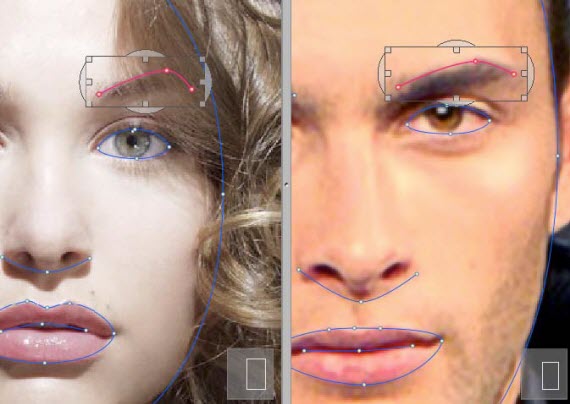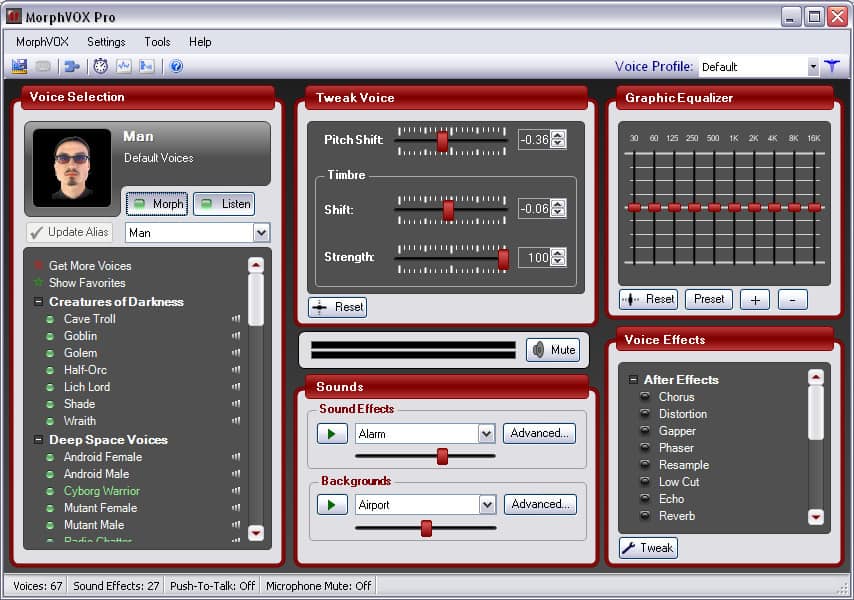

Our experiments provide evidence for a newly pinpointed source of error in radiological screening. This source of error, unlike a mere response bias, extended over 10 seconds back in time (was temporally tuned), occurred only between similar lesions (was featurally tuned), and within a limited spatial region (was spatially tuned). We found that radiologists’ recognition of simulated lesions was strongly biased by their past visual experience.

Here, we show that perceptual judgments of radiologists are biased by serial dependence. An underlying assumption about visual search in this setting is that current perceptual experience is independent of our previous perceptual experience. In a medical screening setting, radiologists repeatedly search for signs of tumors in radiological scan images, classifying them, judging their size, class, position and so on. Taken together, these results suggest that perceptual judgements of radiologists are affected by previous visual experience, and thus some of the diagnostic errors exhibited by radiologists may be caused by serial dependence from previously seen radiographs. Similar results were found when testing lesion recognition in a group of untrained observers. Simulated lesions were perceived as biased towards the those seen in the previous 1 or 2 radiographs. We found that serial dependence affected radiologists’ recognition of simulated lesions perception on an average trial was pulled 13% toward the 1-back stimulus. Here, we tested whether serial dependence impacts radiologists’ recognition of simulated lesions embedded in actual radiographs. However, recent studies have shown that human perception is biased by previously seen stimuli the bias in our visual system to misperceive current stimuli towards previous stimuli is called serial dependence. A main underlying assumption in radiological screening is that visual search on a current radiograph occurs independently of previously seen radiographs. Even though they are trained experts, radiologists’ human search engines are not perfect: average daily error rates are estimated around 3–5%. In radiological screening, clinicians scan myriads of radiographs with the intent of recognizing and differentiating lesions.


 0 kommentar(er)
0 kommentar(er)
